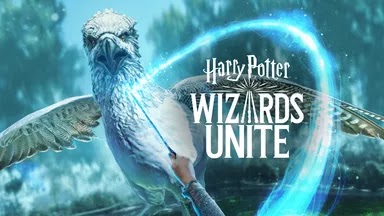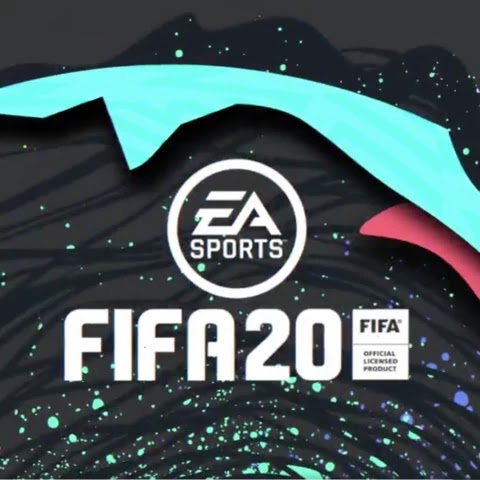The next-generation Xbox arrives in holiday 2020, with a lot of buzzy terms and technologies under the hood.
A year ago at E3, Microsoft confirmed it was working on the next console in its nearly 20-year-old Xbox line. At E3 2019, the company went further into its capabilities, gave it a provisional name, and even a launch window.
Much more will be shared in the coming 12 months, but the early adoption-minded among us are making plans now. What can they expect? Here are the latest confirmed details and informed speculations about what Project Scarlett will do, how much better it’ll do it than the Xbox One, and, of course, what games it’ll be playing next year.
WHAT IS PROJECT SCARLETT’S RELEASE DATE?
Holiday 2020. If Project Scarlett follows the same cadence as the Xbox One, there will be a fuller reveal sometime in advance of E3 2020; of course, a big show of it at that year’s Expo; and then a few months walking back features that people aren’t digging.Just kidding about the latter, of course, but Microsoft is painfully mindful of how the Xbox One’s original positioning — as a set-top TV box with Kinect 2.0 and all kinds of social features — was about 66 percent things people didn’t really care about. It set back the console before the race against the PlayStation 4 even started in November 2013.
IS PROJECT SCARLETT BETTER THAN THE XBOX ONE X?
There’s a lot of buzzy tech-speak in the Project Scarlett promotional video shown at E3 2019. But the capabilities most players will recognize include 8K resolution support, a solid-state drive (same as the PlayStation 5) that promises much faster load times, and frame rates as high as 120 frames per second.
Another term slung around a lot is “real-time ray tracing,” and if you’re wondering what that’s all about, this video of ray tracing applied to something as simple as Minecraft is a good example.
All that speaks to a huge leap in processing horsepower. How much, though? Microsoft did say in the Scarlett presentation that it was “[from a] pure processing perspective, four times more powerful than Xbox One X.” But Variety later reported that the claim speaks only to the central processing unit’s power, not Scarlett’s graphical capabilities.
WILL PROJECT SCARLETT DO CLOUD GAMING?
The buzziest concept, of course, is all of the cloud computing, cloud gaming, cloud streaming and whatever support advertised for this unit. To you and me, that mainly describes how games are delivered to the console.
Games will be streamed via Microsoft’s xCloud service, which is different from the Game Pass subscription (which doesn’t stream games; users download full copies to their hard drives). xCloud is more like the recently announced Project Stadia from Google, though rumours suggest that Game Pass and xCloud will ultimately tie together. Microsoft has already announced an all-you-can-eat Xbox Game Pass Ultimate service that packages Xbox Live Gold, Game Pass, and the new Game Pass for PC service. That’s $14.99 a month.
Games will be streamed via Microsoft’s xCloud service, which is different from the Game Pass subscription (which doesn’t stream games; users download full copies to their hard drives). xCloud is more like the recently announced Project Stadia from Google, though rumours suggest that Game Pass and xCloud will ultimately tie together. Microsoft has already announced an all-you-can-eat Xbox Game Pass Ultimate service that packages Xbox Live Gold, Game Pass, and the new Game Pass for PC service. That’s $14.99 a month.
WILL PROJECT SCARLETT BE BACKWARD-COMPATIBLE WITH XBOX ONE GAMES?
Yes, although Microsoft is being a little noncommittal on the scope of backward compatibility. But at E3 on Monday, Microsoft announced the last batch of Xbox 360 games to be made backward-compatible with the Xbox One, and said it would now focus its efforts on making Xbox One games compatible with Project Scarlett.What exactly this means for the other generations of Xbox — whose games are still playable on Xbox One through Xbox Game Pass and other re-releases — is unclear so far.
Xbox boss Phil Spencer has said Microsoft “want[s] to make sure that we were compatible across all the generations” — including accessories and peripherals, not just games. But in a follow-up statement (to USgamer), an Xbox representative said only that “our focus is on reaching the broadest set of players,” and “nothing further to announce today.”
HOW MUCH WILL PROJECT SCARLETT COST?
Obviously, we are nowhere close to discussing price. It’s hard to even infer a materials cost based on what little Microsoft has shared so far. The guts of Project Scarlett will be driven by a custom chip — with a CPU based on AMD’s third-generation Ryzen and its Zen 2 architecture, and a GPU based on the company’s new Navi technology — that provides all of the above processing muscle.Rumors had Scarlett split into two SKUs, a higher-end system called Anaconda and a lower-end one named Lockhart. Anaconda would be analogous to the current Xbox One X, with Lockhart like the lower-cost Xbox One S. Those launched (with 1 TB drives) at $499 and $349, respectively, in 2017.
It’s possible that with a new console generation, Microsoft will feel more comfortable about kicking up the price of the unit. A lot of that will depend on how Sony is positioning the PlayStation 5. The inevitable add-on costs of Xbox Live Gold/Game Pass/xCloud will also weigh on consumers’ minds and therefore Microsoft’s pricing decisions. Whatever the case, Microsoft does not want a repeat of 2013, when it launched a console that was $100 more than the PlayStation 4 because of a piece of equipment no one wanted.
WHAT LAUNCH GAMES WILL PROJECT SCARLETT HAVE?
Spencer said at Microsoft’s E3 2019 keynote that Halo Infinite will be a launch titlefor Project Scarlett. So at least one franchise is confirmed. Incidentally, this will be the first time Halo launches with a console since the first Xbox back in 2001. Some gave Forza Motorsport 8 an outside chance of an announcement at E3 2019. It didn’t happen. That might mean Microsoft’s driving flagship will release with the new console, too. The last game was 2017’s Forza Motorsport 7, and the franchise has otherwise launched in odd-numbered years going back to the first one in 2005. Playground Games (makers of the Forza Horizon series) is also rumored to be working on a new Fable title that some thought might have appeared at E3 this year, but it didn’t.From there, it’s anyone’s guess. A console that is fully backward-compatible with 19 years of Xbox hardware — as the Xbox One currently is — is going to have a lot of current-generation games still relevant next year. Bethesda Softworks, for example, is building up a technology called Orion precisely to help serve Doom Eternal over streaming services like Stadia and xCloud. It fuzzes the conversation, somewhat, as to whether major third-party franchises will be held for the next console generation (for that big shiny new-thing impact) or will straddle the two generations (for the bigger installation base on older hardware).










